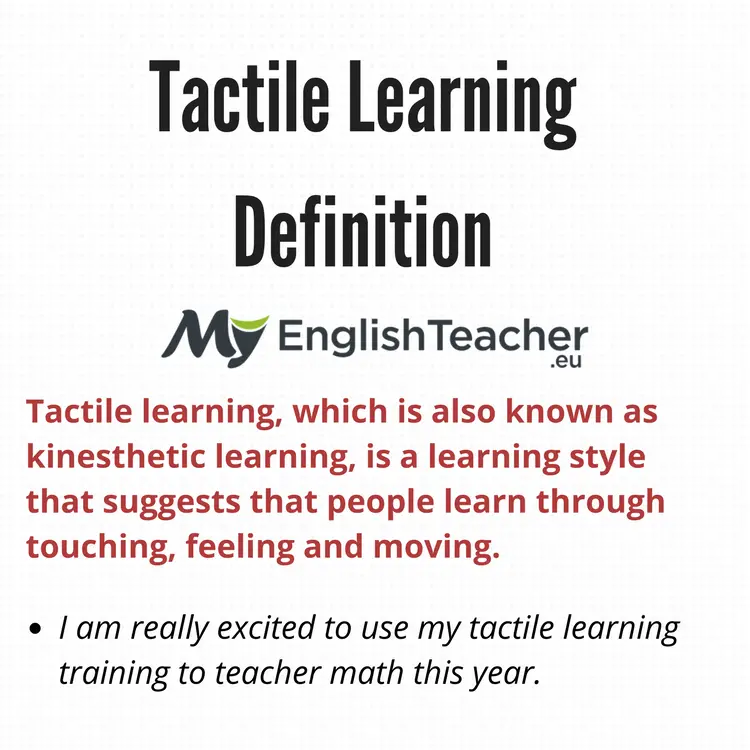They way that people understand, digest, and learn from information is as unique as someone’s fingerprint, DNA and what makes them an individual.
When we look at learning itself, there are a set of factors, behaviors and attitudes that can help identify our own learning style as well as that of others. It is believed that understanding the individual and how they learn best, their learning style, is more important than knowing someone’s intelligence.
The idea of learning styles has been around since the early 100’s when research Albert Binet first developed the now famous intelligence test. Around this same time, Dr. Maria Montessori introduced the concept that students do not master skills or subject matter through tests, but rather through their actions.
As Binet’s work became more popular, that is a person’s intelligence can be determined by a written test and that intelligence was something that is fixed.
It was about 1980’s when people like Boom (Bloom’s Taxonomy), David Kolb (Kolb Model) made popular the idea of learning styles and that people had a preferred learning style of either Visual, Auditory, and Kinesthetic when learning. When we consider tactile learning, we are referring to kinesthetic learning.
Meaning of Tactile Learning:
Tactile learning, which is also known as kinesthetic learning, is a learning style that suggests that people learn through touching, feeling and moving. This learning style emphasizes that learning for some and most people is done by doing.
- I am really excited to use my tactile learning training to teacher math this year.
- My kids are all different in how they learn. Johnny is very visual and prefers to learn things by seeing and needs lots of visual stimuli. Sarah, however, is hands on and is a tactile learn. She needs to learn by doing.
Dialog:
Carol: Hi Susan, how are you? How’s your family?
Susan: Hi Susan! Great to see you. My kids are doing well we are just here at the school to meet with the new math teacher. Freddy is being recommended for a new math program call Math by Doing.
Carol: Really? I’ve never hear of it. What’s it all about?
Susan: Well, it is based on the idea that all of us have different learning preferences.
Carol: Yes, ok. Like, learning styles?
Susan: Yes, Exactly! Freddy is a kinesthetic learner, and prefers tactile learning strategies, especially difficult subjects for him like math.
Carol: OK, got it. So what do they do.
Susan: Well instead of visualizing the math problems in your head, students are doing hands on activity so they are moving while they are learning or working through a difficult math problem.
Related Phrases & Phrasal Verbs:
Hands on – in the context of tactile learning, hands on refers to a person being able to be able to use their hands and body to learn.
- I’ve have always been a hands-on kind of person and learn best through tactile learning.
Taking part – we use taking part, in the context of tactile leaning, as a student or learner being actively involved in the learning process and have the freedom to move during the process.
- Johnny is one of those children who learns best through his tactile senses, this is why it is important he takes part in the activities and doesn’t just sit in his desk.
Active participation – in the context of tactile learning, students are taking part and involved directly in the learning process.
- During the presentation, it is important to recognize that many people are visual and also tactile learners. It is important that there is active participation and visually stimulating activities for participants.
Real-World – when we talk about real world learning as it relates to tactile learning, learners are exposed to real word situation where they can do things rather than just think about things.
- Many people like to learn in real world environments as they are more tactile learners and need to do rather than just think.
First-hand – in the context of tactile learning, students learn concepts and work through problems directly and not in a passive manner.
- I need to experience and learn things first-hand as I am a tactile learner.
Moving about – this is a phrase we would use within the context of tactile learning, to say that someone is moving freely without restrictions.
- My son is always moving about and can’t stay in one place for too long, the teacher says he is a tactile leaner.
Feel it out – within the context of tactile learning, we use this phrase to describe a learner actually feeling, toughing and manipulating something with their hands and body to achieve a task.
- When I learn I need to feel out the solution and actually use physical blocks to build a model, I have always been a tactile learner and this is how I find solutions to problems best.
Related idioms:
Ants in ones’ pants – in the context of tactile learning, ants in your pants implies that someone is always needing to move that they cannot sit still.
- He is definitely a tactile learner he always is moving like he has ants in his pants.
High strung – we use this phrase, in the context of tactile learning, to refer to someone who is always energetic and presents as needing physical movement to calm down.
- Phil is so high strung and needs is a tactile learner, this is why you never see him sitting at his desk.
Itchy feet – when we use the term itchy feet we are saying that someone cannot stand still, they are needing to move and do things.
- Betty always has been a tactile learner she always is walking around like she has itchy feet.
Busy as a beaver – this is a phrase we often use when describing people, usually children, as individuals who are always active or needing activity.
- My mom always said I was busy as a beaver, I guess I was a tactile learner.
On pins and needles – we use this term in the context of tactile learning, to describe someone who is fidgety or restless.
- He is so busy, like he is on pins and needles I would bet dimes to dollars that he is a tactile learner.
All hands – in the context of tactile learning, we would use this phrase to describe someone who is always touching things.
- My daughter is a tactile learner, she is all hands when she is learning new things.
Synonyms (other ways to say):
Kinesthetic Learning
Physical Learner
Learn by Doing



























